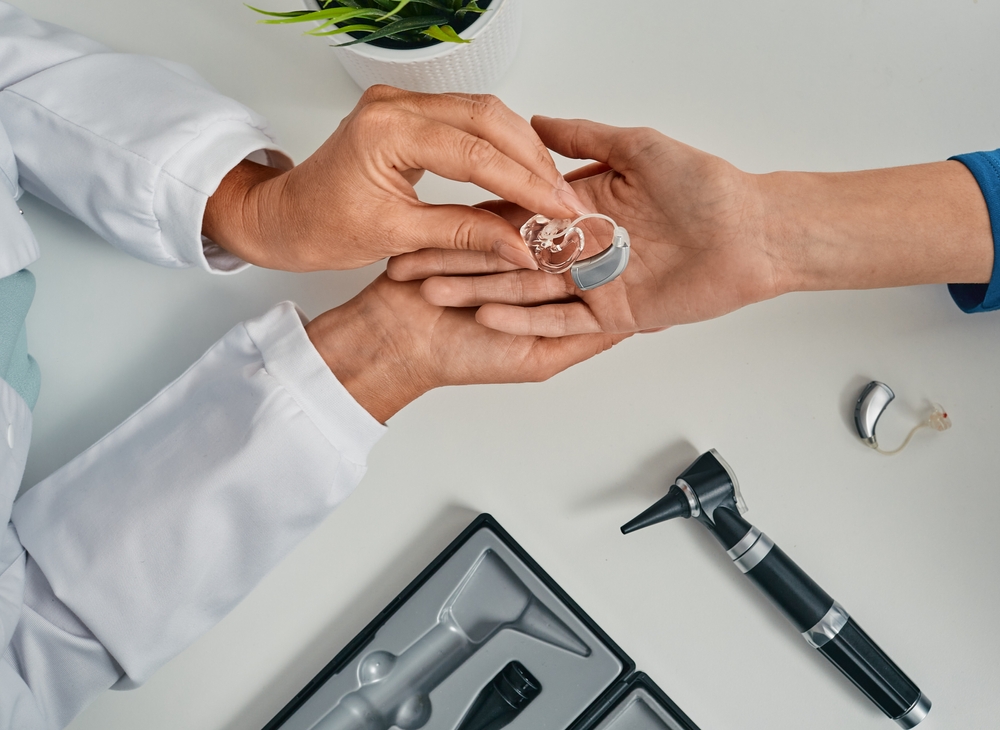
Hearing aids are essential for enhancing daily communication by boosting the clarity of sound. For ideal performance, it’s essential to schedule routine upkeep and periodic expert cleaning sessions. Over time, earwax, moisture, and debris can build up, leading to decreased functionality. Identifying when to seek professional servicing can help prolong the longevity of your hearing aids and maintain optimum performance.
Why it’s important to have your hearing aids professionally cleaned
Even with regular at-home care, hearing aids gradually collect accumulation that may affect sound quality and performance. Regular upkeep provides numerous advantages:
- Thorough Sanitizing– Thoroughly eliminates obstinate earwax, dust, and moisture that routine cleaning methods often miss.
- Improved efficiency – Gets rid of blockages that might cause muted audio or distortion.
- Improved Longevity – Helps to prevent early deterioration, thereby reducing the necessity for repairs or replacements.
Routine professional cleanings keep your hearing aids functioning efficiently, decreasing the chance of unforeseen malfunctions.
Indications that your hearing aids need professional maintenance
Not certain if your device is due for a deep clean by a pro? Look out for these telltale indicators that it’s time to contact the experts:
- Unclear or Jumbled Audio: If voices and background noises seem faint, muffled, or altered, the issue might be caused by blockages, such as earwax or debris, impeding the device’s microphone or speaker.
- Continuous Feedback or Squealing: A squealing noise at a high pitch (feedback) could indicate a blockage from earwax or a poorly device. A professional cleaning can help remove obstructions and refine the fit.
- Addressing Volume Problems: When volume changes fail to produce the expected result, it may be necessary to perform maintenance on internal components or recalibrate the system’s software configurations.
- High humidity can impact the device’s internal components, resulting in sporadic audio disruptions or unreliable button control. A professional technician can assess and resolve any moisture-related concerns.
- Noticeable Wax or Gunk Accumulation: If you notice a substantial buildup of wax or debris on your hearing aids, professional cleaning ensures a more complete removal than at-home care.
- Utilize precision tools to remove wax, dirt, and moisture without damaging fragile parts.
- Confirm the correct performance by examining and fixing any broken components.
- Check software and hardware for any performance problems impacting sound quality.
- Switch out worn-out filters or tubing that might be limiting device performance.
- General maintenance should be carried out every 3 to 6 months.
- More frequent cleanings are recommended for people prone to excessive earwax buildup or those living in humid settings.
- As soon as issues emerge, dealing with minor problems early can avoid costly repairs.
What does a professional hearing aid cleaning look like?
A professional cleaning appointment goes past standard upkeep and ensures your devices operate efficiently. During the appointment, specialists will:
How frequently should you schedule professional upkeep?
The frequency of professional cleanings depends on factors such as earwax production, moisture levels, and usage practices. Frequently suggested best practices are:
Keep your hearing aids in great condition
Regular professional upkeep is crucial for preserving your hearing aids and ensuring clear, high-quality sound.
If distorted sound, echoing, or technical problems are interrupting your experience, it’s likely that a comprehensive, expert cleaning is in order.
Schedule your hearing aid cleaning and maintenance today.
